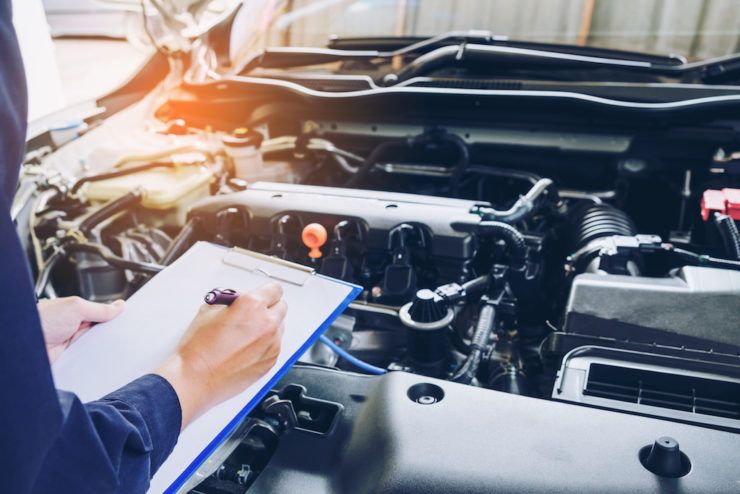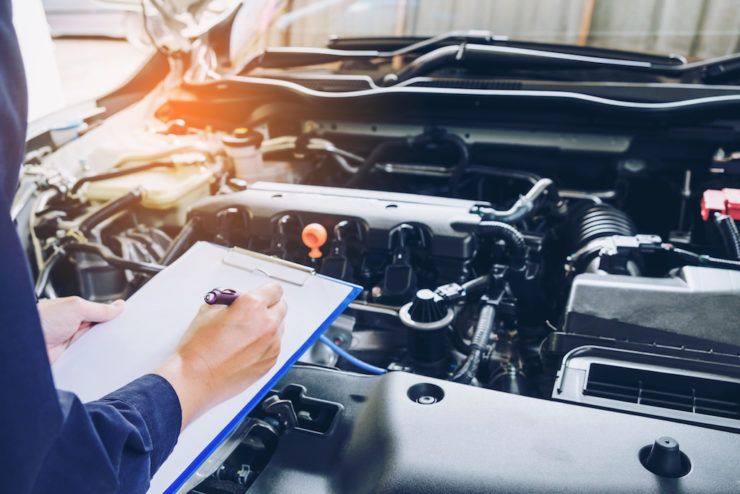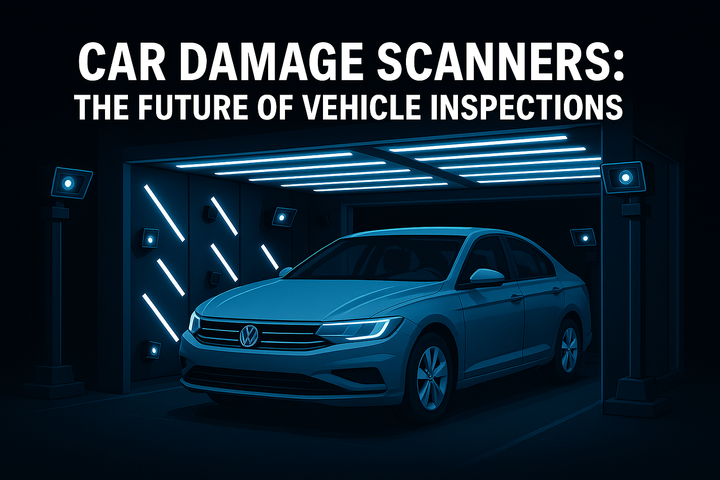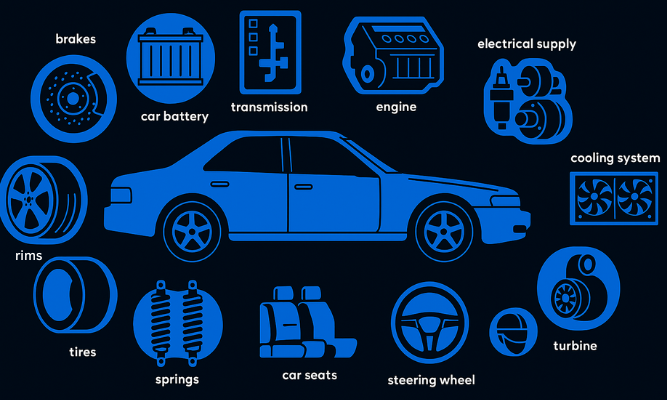Use-Cases and Impact for Car Inspection Automation Using AI: Insurance Claim Estimation | Inspektlabs
Automated insurance claim estimation offers self-service facilities to policyholders along with quick disbursal of settlement. The combination of the two is bound to give rise to happy customers.

Traditionally, motor insurance claim estimation is manually managed by claim adjusters and surveyors. Insurance officials physically inspect the state of the vehicle, assess the quantum of loss, and prepare a claim estimation report. Depending on the findings of these reports, insurers disburse the appropriate compensation amount.
However, insuretech, the tech-focused limb of the insurance industry, is ushering in a revolution. Incorporating technology in insurance claim settlement makes it more convenient, easy to understand, error-free, and customer-friendly. Currently, AI-powered automated car inspection is highly in demand and trumps manual inspection and claim estimation in several ways.
Manual Claim Estimation is Outdated: Here’s Why

Here are the drawbacks of manual claim estimation:
• Manual inspection requires the adjuster/surveyor to travel and interact with the policyholder in-person. As a result, it is labor-intensive, time-consuming, and relies on external situations.
• Due to the COVID-19 pandemic, it is neither conducive nor convenient for surveyors to carry out physical inspections and audits.
• Coordinating with policyholders for visitation may also cause inordinate delays.
• It approximately costs $50 to $200 per inspection, which can make the process quite pricey.
• Manual claim estimation is susceptible to fraud, which can affect the settlement by 5 to 15%
• The process is also prone to inaccuracy and human error. For instance, assessing a repairable loss as a total loss, which could cost your firm.
• Claims settlement would be slower as it takes about 1 to 7 days for report creation and estimation.
AI-powered automated car inspections overcome all these issues.

Automating Claim Settlement with AI
Insurance agencies are making use of AI-based image processing to analyze the damage incurred to the vehicle. The powerful system can generate an in-depth assessment report outlining the repairable and replaceable vehicle parts along with their estimated costs.
Typically, automation has the following impact across various claims:
• Small claims (occupying bottom 30%ile claims): Small claims include surface damages that are clearly visible in photos and videos. Therefore, these can be easily detected through automated inspection.
• Mid-sized claims (30-80%ile claims): Since mid-sized claims may also include internal damage, getting a complete idea through photos/videos may not be possible. While it requires manual inspection, AI inspection can help justify the adjuster’s decisions.
• Large claims (top 20%ile claims): AI-powered automated inspection can help make total loss vs. repairable decisions while also identifying the salvageable parts.
Here is an overview of how it works:
- The policyholder receives a link through SMS, which will direct them to the company servers where all the captured data (photos and videos) will be uploaded.
- The footage is analyzed. In case the raw footage is blurry, unclear, or shot in low light, the customer will receive another link to attempt uploading the content once again.
- After accepting the input, the AI machine will carry out a damage assessment. The claims will get sorted into small claims, mid-sized claims, and large claims based on historical data. Additionally, the corresponding expenses are also tabulated.
- The report is shared with the client and the claim officer for finalizing the claim.
Final Thoughts
Automated insurance claim estimation offers self-service facilities to policyholders along with quick disbursal of settlement. The combination of the two is bound to give rise to happy customers. On the other hand, insurers can cut down claim estimations costs and make the process more efficient. Additionally, it populates solid data supporting the final settlement amount. Hence, all parties walk away with a more than satisfactory experience!



